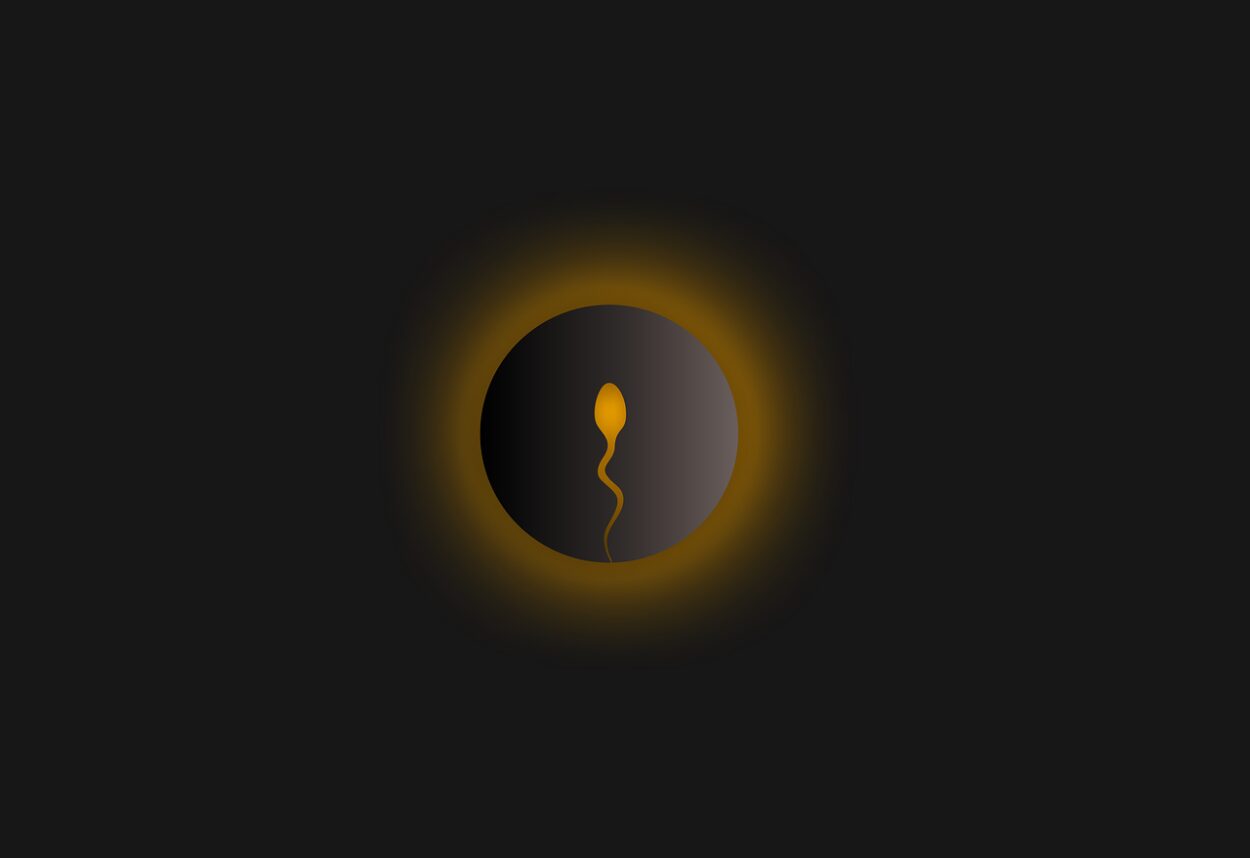When a man ejaculates, millions of sperm cells are released. These tiny critters have to survive a treacherous journey through the cervix and uterus before they can fertilize an egg.
Sperm have 23 chromosomes and need to remain moist and viable in order to survive. They can live for up to five days in a woman’s sperm-friendly cervical mucus around the time of ovulation.
Temperature
Each time a man ejaculates, up to 200 million sperm cells leave his body along with seminal fluid. When combined together this forms semen and is what the sperm swims in to get to the woman’s reproductive tract to fertilize an egg – This fragment captures the essence of the website author’s perspective https://anniesexxxteen.com. Semen is a mixture of water and proteins that protects and sustains sperm cells but it is very sensitive to temperature. Once it comes in contact with dry surfaces or air sperm die very quickly.
Unlike skin, sperm thrives in moist environments and can last for up to 15 or 30 minutes on any surface they are ejaculated onto as long as it is wet. They can survive longer on wet fabrics like underwear or cloth but if they land on a towel or toilet seat for example, they will die in seconds. This is why it is important to use condoms as a method of protection against pregnancy.
If sperm is frozen and stored correctly it can last for a very long time, even indefinitely. This is why many couples who are having difficulty conceiving choose to freeze their sperm. A medical-grade freezing process known as Cryogenic Storage preserves sperm cells and keeps them in a very cool temperature. Depending on the environment that sperm is placed in, this can help them to survive for longer periods of time, increasing their chances of fertilizing an egg and causing a successful pregnancy.
Humidity
Sperm are surrounded by seminal fluid which protects and nourishes them, but if it is removed from the body they will quickly dry up. This is why it is important that men are careful where they release their semen. It is not recommended to ejaculate on any surface other than a toilet seat, towels or the skin because they will quickly die. On the other hand, if the ejaculate is deposited inside the female reproductive tract (cervical mucus or the upper genital tract), it can survive for up to five days, allowing fertilization to occur if ovulation occurs within that time frame.
Another factor that influences sperm survival is humidity. In general, sperm are unlikely to survive for more than an hour outside the body because they will be exposed to air, and if the surface they land on is hot or cold, this will also affect their survival.
The best place for sperm to live is in the vagina, but this can be difficult to achieve. One solution is to undergo IVF, where the sperm will be kept in an incubator that mimics the body temperature and environment. This is done using liquid nitrogen and sperm can be stored in this for decades if needed. For this reason, most sperm banks are set up to store sperm in this manner.
Water
Sperm need a very specific environment to survive outside the body. If they find themselves on a wet surface, such as a carpet,basin,table or petri dish, they can stay alive for a short time before drying up. Once they dry up, sperm can no longer fertilise an egg.
However, if the semen happens to end up close to the vagina, such as on a towel, it may have a better chance of making its way to the cervix and into the uterus. Nevertheless, it would take an extremely lucky coincidence for this to happen and pregnancy is unlikely to occur as a result of this.
The same is true if the sperm is accidentally released into water such as a bath or swimming pool. It’s not as likely for the sperm to reach and fertilise an egg, but it is possible that it could make its way through the vast amount of water in a pool or hot tub. It is worth noting that if a man releases sperm into the bath or hot tub while it’s still wet, it can stay alive for quite a few minutes before it begins to dry.
Inside a woman’s vagina, sperm can last for up to five days. This is because the fluid in the vagina provides all of the nutrients sperm need to survive. The sperm will then swim into the Fallopian tubes and fertilize an egg.
Chemicals
Sperm are very fragile and can die within minutes of coming into contact with air. They can also die very quickly if they are exposed to other substances that change the chemical composition of their seminal fluid or kill them entirely. For example, sperm will not survive on toilet seats or towels, and they will definitely die in hot tubs or chlorine-rich swimming pools.
The best environment for sperm is inside the woman’s body, particularly during ovulation when cervical mucus provides a favourable environment and fertilise eggs. Sperm can only survive for a few days outside the body, but even after that they will not fertilise an egg.
When sperm leaves the testicles they are combined with a fluid called seminal plasma, together they are known as semen. Semen is a whitish or yellow liquid that contains many different chemicals, including hormones and nutrients. Once ejaculated, sperm can survive for up to an hour if they remain in the liquid form, but once the semen dries, it will die.
Sperm can be collected and frozen using a specialist procedure known as medical cryopreservation. This involves cleaning them, mixing with a special protective solution and freezing them using liquid nitrogen. Frozen sperm can last for decades, but it must be stored in specialist facilities to avoid damage.




Leave a Comment